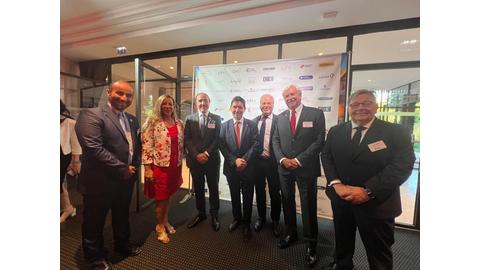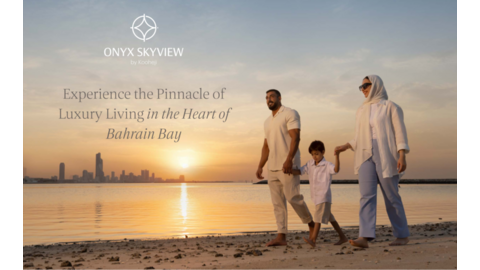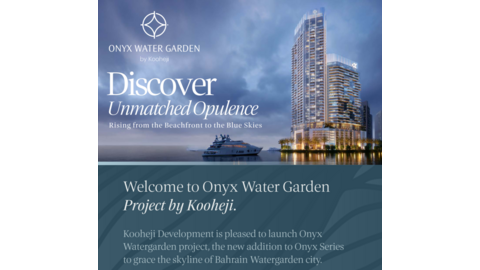KPMG: Building sporting culture to attract domestic, international tourists to Saudi Arabia

As Jeddah gears up for its second Formula One event the coming weekend, following the first ever top-tier race in December 2021, a new chapter of sports tourism has been started.
At present, the sports sector contributes around 0.2% of the Kingdom’s GDP, while the tourism sector contributes about 3%, according to the Ministry of Sport and the Ministry of Tourism. The two ministries have ambitious targets for growth: sports should contribute 0.6% of GDP and tourism 10% by 2030. One of the major areas for growth sits at the crossroads of the two:sports tourism.
The latest publication by KPMG, “Competitive edge: The unfolding potential for sports tourism in Saudi Arabia”, presents a model of four different categories of sports tourism, with a global case study supporting each type. Across these categories, the model emphasizes coordination between organizers, mainly the private sector, public sector enablers and national tourism promoters as it is critical to attracting foreign tourists for both sport events and participation.
The first “destination-dependent sports tourism” category notes that the Kingdom’s vast natural infrastructure as a major pull factor for sports tourism. That would include activities likediving and other watersports along the Red Sea coast, mountain climbing, as well as desert activities such as rally racing, running, cycling, motor and quad biking.
The second model, “alternative location sports tourism,” refers to the sport that tourists often play close to home when they are not on vacation. The sport – or entire vacation – is enhanced by the destination. A key example here is golf, already one of the most prolific tourism sports around the world. The landscape and coastline of Saudi Arabia provide an outstanding and spectacular environment for the sports, and as Dubai has shown, it can truly be a game changer.
The third, “participation-driven sports tourism,” is the least explored aspect of sports tourism, but has real potential as the country continues to open up for tourists. As the Kingdom opens up for visitors, mass participation in sports tourism is expected to grow, such as desert running and cycling races. However, the potential exists for other events, such as golf tourism development.
Lastly, the “spectator sports tourism” category offers excellent potential, referring to multi-sports games such as Olympics, Asian Games, Asia Cup, World Cup, Formula One, etc. This is an area where the last years have already seen a large increase in activities and events, showcasing the capabilities and ambitions of hosting large-scale regional and global events.
“These events are targeted at this time in repositioning the Saudi brand as a sports destination and thereby influencing the tourism demand in other elements of this model,” said Hanan Alowain, Partner, Government and Public Sector at KPMG in Saudi Arabia.
Nonetheless, major events nearly always require significant infrastructure development. Events promoted by the public sector can significantly impact the potential of other elements of sports tourism.
“The Kingdom’s reputation as a safe, welcoming tourist destination and its familiarity among religious tourists may draw them back to the Kingdom for non-religious tourism purposes or may encourage them to stay longer and diversify the purpose of their visit,” Alowain concluded.


